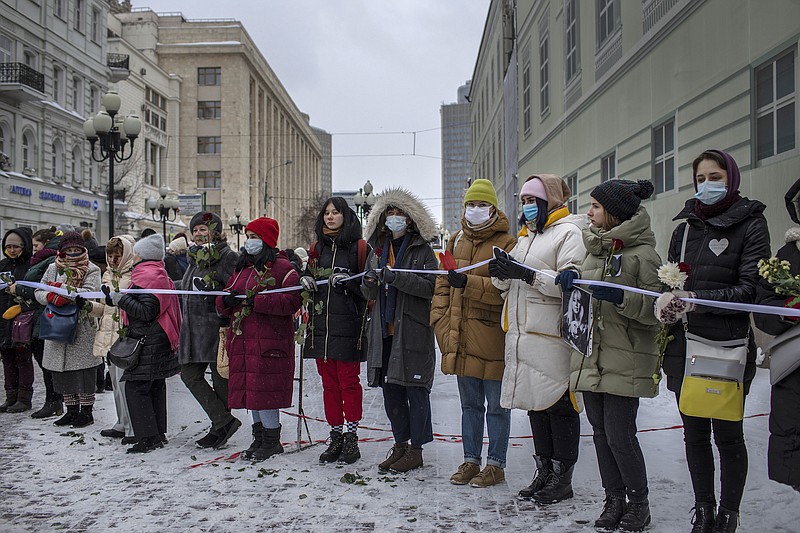Wouldn't it be fitting if the regimes in Moscow and Tehran -- the first defined by a cult of its leader's machismo, the second by its systemic misogyny -- were brought down by protests inspired and led by women?
The possibility is no longer remote. The protests that have unfolded throughout Iran since the cruel death of 22-year-old Mahsa Amini -- accused of violating Iran's hijab rule and almost certainly beaten into a coma in detention -- are the most serious since the Green Revolution of 2009 after Mahmoud Ahmadinejad's fraudulent re-election.
But this time may be different.
Then, the supreme leader, Ayatollah Ali Khamenei, was vigorous and in full control of the system. Now, there are reports he is gravely ill. Then, Iran exported roughly 2.3 million barrels of oil a day. Now, thanks in part to sanctions imposed by the Trump administration, it exports about 800,000. Then, the protests were mainly about politics, which were centered in Tehran. Now, they are about human rights, and there is a potent ethnic component: In Iran's Kurdish region, from which Amini hailed, the city of Oshnavieh was briefly seized by protesters over the weekend. Then, the regime's militia and security services seemed to easily overpower the protests. Now, Iran's chief justice has been caught on video complaining that his officers are overwhelmed and "have not slept."
But the biggest factor is the female.
"In 1979, when women were demonstrating against the threat of hijab, they were alone," writer Roya Hakakian, who lived through the Iranian revolution as a teenager, told me on Monday. "Now the tide has dramatically changed. Men recognize women's leadership and are at their side."
Those who try to interpose the regime in the most personal aspects of people's lives, including the choice of what to wear, run risks. They require the state to monitor the behavior of everyone, not just a few. They vastly enlarge the circle of people with personal reasons to hate the system. And they furnish them with the instruments of revolution. If every woman in Iran must don hijab, every woman has the means of starting a revolution.
For years, Vladimir Putin knew better than to fall into this trap: His weapon was the scalpel, not the sledgehammer, and his bargain with the Russian people was that they would be left alone if they left politics alone.
As for the would-be troublemakers, in 2007 Russian human-rights lawyer Karinna Moskalenko explained Putin's method to me. "It isn't necessary to put all the businessmen in jail," she said. "It is necessary to jail the richest, the most independent, the most well connected. It isn't necessary to kill all the journalists. Just kill the most outstanding, the bravest, and the others will get the message."
Overnight, this has changed. The "partial mobilization" Putin ordered to fill his army's decimated ranks is the essence of compulsion.
The Committee of Soldiers' Mothers of Russia helped put an end to Russia's first disastrous war in Chechnya in the early 1990s. Now, for every one of the 300,000 young men Putin seeks to turn into cannon fodder in his disastrous and illegal war, there are uncountable mothers, wives, sisters, daughters and girlfriends who have, in effect, been mobilized, too.
It's good the Biden administration, which has stood up to Putin, has now thrown its weight behind Iran's protests, including by trying to keep Iranians connected to the internet via Elon Musk's Starlink boxes. It can do even better by withdrawing from the nuclear talks, on the principle a regime that will not give relief to women deserves no relief from sanctions.
Now is the time for a Women's Revolution in Iran and a Women's Peace in Russia. The opportunities are ripe.
The New York Times
